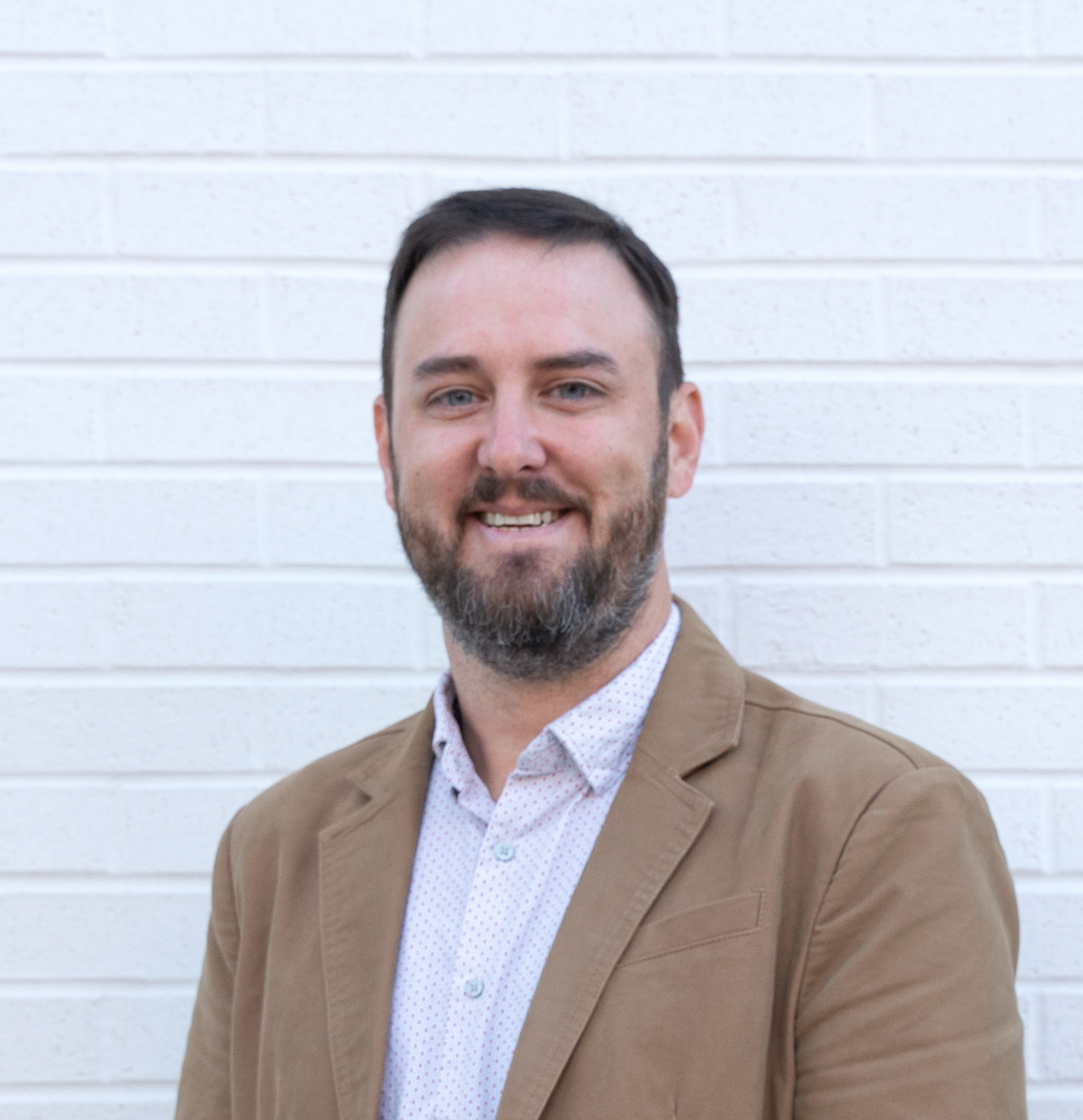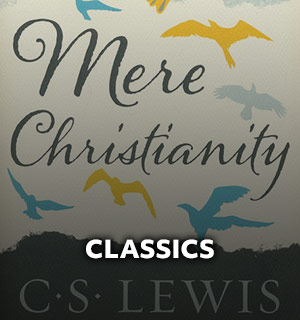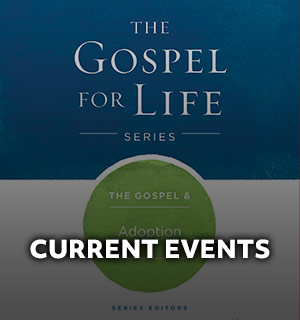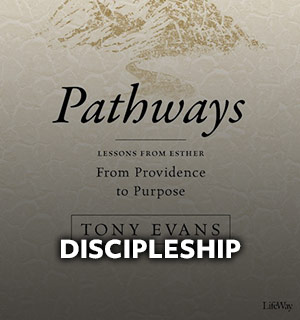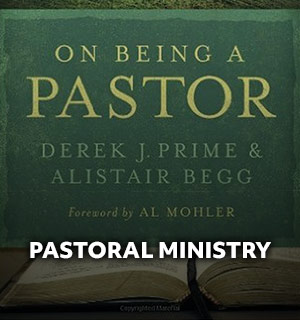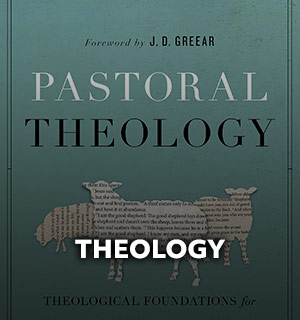
In the wake of the Charleston shooting, churches are re-evaluating the safety of their sanctuaries.
By Aaron Earls
Around a dozen Christians gather, despite the sweltering Southern heat, for a Wednesday night Bible study. Grandmothers and recent college graduates join with local pastors to discuss God’s Word and pray.
The scene is not unlike others that have played out countless times in the church’s almost 200-year history, except for one thing—the visitor no one recognizes.
After sitting with the group for more than an hour during Scripture discussions and prayer requests, the visitor stands up, pulls a handgun from a fanny pack and opens fire, killing nine people at the Emanuel African Methodist Episcopal Church in Charleston, South Carolina.
In light of those murders and other high-profile attacks, many churches are asking questions about their own safety and security policies. For Carl Chinn, these discussions hit close to home. Chinn, who maintains what is considered the most extensive database on violence at houses of worship, twice experienced similar traumatic events.
“I had dismissed the subject of emergency readiness through much of my career,” says Chinn. That changed after he was involved in incidents with gunmen at Focus on the Family, where he worked, and New Life Church, Colorado Springs, Colorado, where he was a member.
Today, Chinn tracks violence on church properties and offers security consultation for churches. “Most churches spend far more time and money training their choir than they do investing in the safety of their staff and guests,” he says.
The reality of church security
Chinn’s research shows an increase of violence on church properties across the country. “The purpose of the research is to increase awareness,” he says. “That’s the increase I’m most interested in.”
The shooting at New Life sparked several changes. For starters, the church hired Jeff Kowell, a military veteran, as director of life safety. Before coming on staff, he was a member of the volunteer safety team. Since 2007, Kowell says, “Our team has become larger and better trained. The focus now is on combining safety and ministry together.”
According to Chinn’s research, there were seven incidents of mass murder—which the FBI considers four or more killings with no distinctive time between—at faith-based organizations from 2003-2012. With nine deaths, the Charleston shooting became the deadliest attack on a house of worship in decades.
But mass killings are not the only type of violence at churches. Chinn tracks all deadly force incidents at faith-based organizations. From 1999 until February 2015, Chinn says there have been 971 such incidents. More than half of those result from the three most frequent attack triggers: robbery (25 percent), domestic violence (17 percent), and other personal conflicts (13 percent). Guns account for the largest share of the weapons involved (57 percent), but knives, cars, and explosives were also relatively common in attacks on churches.
Most of the incidents tracked by Chinn occurred outside the Sunday morning worship service. Only 31 percent happened inside the building and less than 40 percent happened during an event. Most occurred outside on ministry property or at an activity location and took place during off hours.
These statistics demonstrate the point Chinn wants to make—churches need to be prepared and trained for numerous dangerous circumstances. But he has heard the critics and doubters—they are numerous.
According to a study commissioned by Brotherhood Mutual, which insures 53,000 Protestant congregations, only 19 percent of churches with 500 or more members had a security team in place in 2009.
Chinn knows pastors often think the odds are in their favor and more than likely they’ll never have to deal with a serious security threat in their church.
“They are absolutely right,” he acknowledges. “Odds are their church will never face a serious threat. But if their congregation does face a serious threat, the odds won’t matter much.”
More churches are at least thinking about security now. The 2009 survey found more than 80 percent of churches with at least 200 members had considered security issues during church services. Only 13 percent had yet to discuss those concerns.
Keeping churchgoers safe
For a church wanting to become better prepared, planning is essential, says Jim Welch, director of property and casualty development at GuideStone, an insurance and financial services provider for evangelical churches and organizations.
“Securing and protecting your church includes a thorough safety and security assessment, leading to the creation of a practical safety and security plan,” says Welch.
But it cannot stop at the planning stage, Kowell says. “Plans are fine, but you need to be able to carry them out.” He advises churches to obtain “buy-in” and then “be patient and persistent in working toward a safer church.”
Chinn advises churches to “work with their community first and foremost.” He says church leaders should be on a first-name basis with local law enforcement, first responders, and others involved in faith-based organization security. He recommends talking with security professionals at local schools and other organizations. “Don’t be a silo of information,” he says. “Get something going in your community.”
Churches ready to form a security and safety team should work with what they have, says Robert Johnson, safety and security director at Christ’s Church of the Valley in Arizona.
“Some churches use only active law enforcement,” Johnson says. “Other churches have no law enforcement to draw from.” The team at CCV is comprised of prior military members, active and retired law enforcement, as well as others “with good eyes and ears and a heart for protecting what God has provided.”
At CCV and New Life, only the directors are paid staff. Everyone else serves on a volunteer basis, and members of the security ministry are carefully screened. Other churches hire off-duty police officers or a professional security agency. Churches should also consider recruiting members with backgrounds in emergency medicine, risk assessment, and other fields.
Regardless of the route a church decides to take, Chinn says the biggest need is “good solid and seasoned training.” He says that while he believes a trained protector with a firearm is beneficial, “too many [churches] are simply arming up and considering themselves ready. This isn’t about guns; it’s about serious readiness.”
Most visitors to your church are there because they were invited by a friend or family member and are interested in learning more about God, but occasionally some, like the shooter at Emanuel AME Church, have ulterior motives. Make sure you’re always welcoming to the former, but always prepared for the latter.
For more information on church safety and preparedness, visit GuideStone.com/Secure, Brotherhood Mutual’s collection of articles and resources at SafetyCentralOnline.com, CarlChinn.com, and FEMA.gov.
For specific steps on starting a safety plan at your church, read “How to Develop a Church Safety Plan.”
